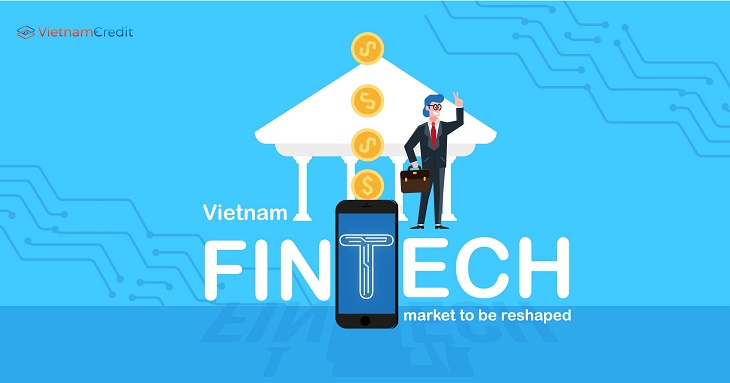Plastic manufacturing and production in Vietnam are predicted to benefit greatly from the EVFTA. There will be chances presented for exports, imports, and attracting investment.
Impact on plastic exports and imports
Vietnam’s plastic products are currently presented in 160 markets globally. According to the Ministry of Industry and Trade’s report on Vietnam’s 2021 exports – imports, despite being heavily impacted by the COVID-19 pandemic, Vietnam’s plastic industry managed to reach an export turnover of 4.93 billion USD, an increase of 34.9% over 2020.

Vietnam’s plastic manufacturers have continued to receive more and more orders from the EU. Plastic exported to the EU market in 2021 reached 557.68 million USD, up 21.73% over 2020.
Experts from the Center for WTO and International Trade – VCCI, assessed that Vietnam’s plastic industry receives many advantageous conditions when exporting to the EU. The industry has good competition ability in lines of products such as packaging and household appliances. Many companies in Vietnam invested in better technology to manufacture products that can meet the high requirement of the EU and other similarly difficult markets.
Vietnam’s plastic got other advantages when compared to other competitors. Plastic products from Vietnam have more competitive prices due to abundant cheap human resources. In addition, the products enjoy the EU’s GSP preferential tariffs. It is also easier to access cheap recycled materials in Vietnam, due to the country’s import management policy for recycled plastic being relatively open still.
With the EVFTA that came into effect on August 1, 2020, all of Vietnam’s plastic products exported to the EU enjoy a 0% tax. Among the ASEAN countries, there is only Singapore that has an FTA with the EU. However, this country’s plastic exports to the EU are negligible. Thus, the EVFTA will provide Vietnam’s plastic products with a significant competitive advantage when accessing the EU market. Having a tax rate of 0% entering the EU market is an advantage rarely possessed by other countries.

Vietnam’s plastic industry also benefits when imported from the EU. While exporting finished products to this market, Vietnam imports raw materials and semi-finished plastic products from the EU to serve the production and exports of plastic and other products such as electronics, textiles, footwear, etc.
Meanwhile, the EU's plastic industry is much developed in raw materials and finished products. It is reflected in the EU's even export structure.
Challenges for the plastic industry
Aside from chances, EVFTA posed difficulties for Vietnam’s plastic industry. To enjoy the tariff preferences of the FTA, Vietnam’s plastic products must meet the Agreement’s rules of origin. The rule of origin for plastic products in the EVFTA is either group conversion, with 20% flexibility, or non-originating materials of up to 50% in production.
To meet this rule, plastic enterprises can only use a part of raw materials outside the EU/Vietnam. However, currently, Vietnam's plastic raw materials are mainly imported from China and some other Asian countries, so meeting this rule of origin will be a challenge for Vietnam’s companies.

In addition, the regulations and consumer tastes are also considerations for Vietnamese exporters. Because besides the EU's official import regulations, businesses also have to meet the specific regulations and requirements of EU importers, as some importers will require more plastic exporters to be ISO TC6 certified. Another challenge is that EU consumers will only choose plastic products made from materials and sizes that they prefer.
For example, for the Nordic market, Ms. Nguyen Thi Hoang Thuy - Vietnam's Trade counselor in Sweden (concurrently Denmark, Finland, Iceland, Norway, Latvia) - said that the main challenge for Vietnam’s plastic is a matter of sustainable development and environmental protection. Nordic countries are famous for their consumption of environmentally friendly and sustainable products, especially Sweden - with a large annual import volume. Consumers here are willing to pay high prices for environmentally friendly and sustainable products. Meanwhile, Vietnam does not have enough resources and experience to manage these issues.
In addition, Vietnamese plastic manufacturers also need to pay attention to the increased risk of trade remedies, competition, increased costs for businesses from commitments to sustainable development in EVFTA, etc.
The EU is a difficult market, and there are already many competitors because it is a potential market for all exporting countries. Therefore, according to experts, to penetrate and dominate this market, plastic enterprises must improve their competitiveness and focus on investing in machinery, equipment, technological innovation, brand building, product promotion, etc.
Source: moit.gov.vn
Compiled by VietnamCredit


























































